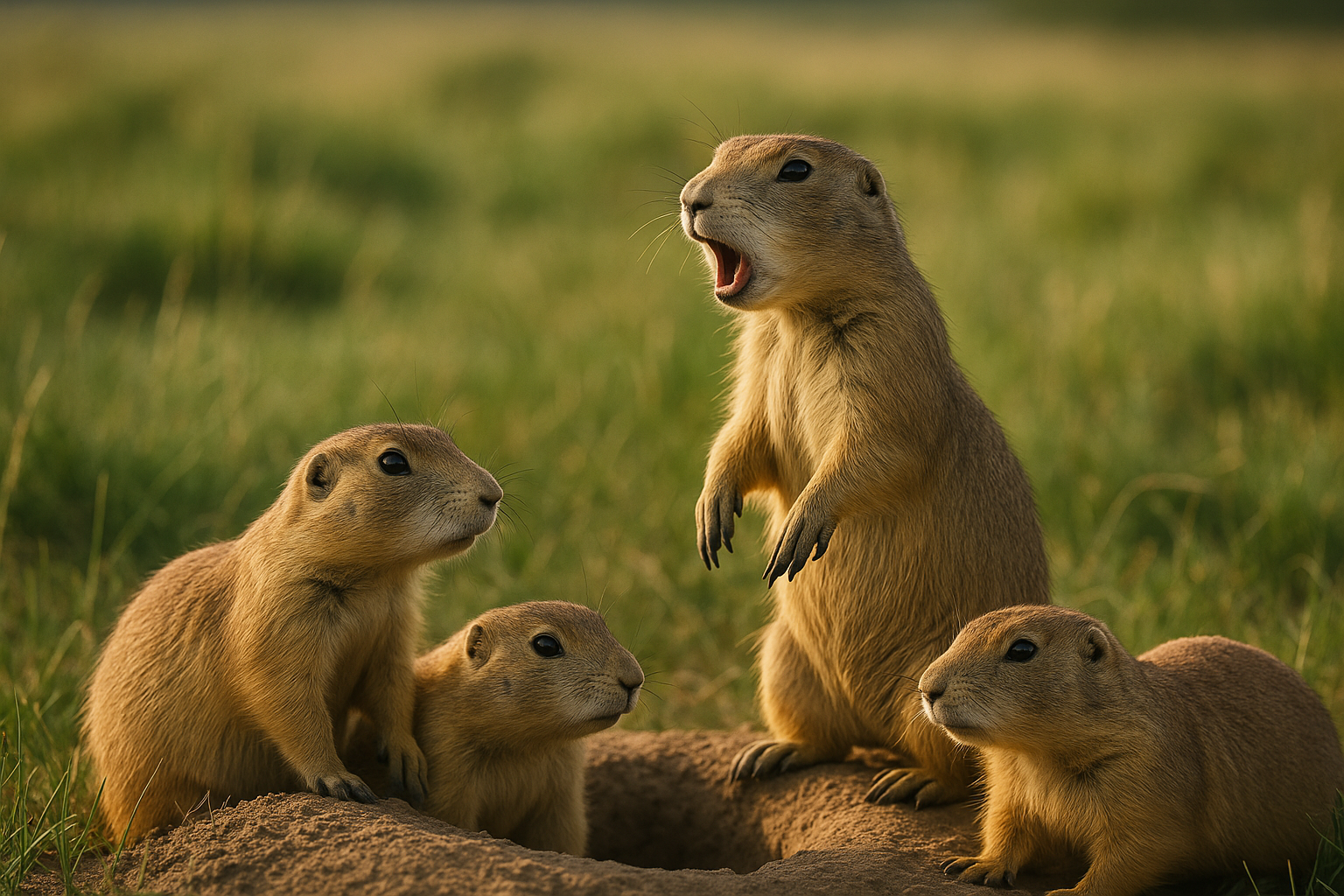Unveiling the Social Structure of Prairie Dogs
Peek into the complex societal structure of prairie dogs, a rodent species often overlooked in the animal kingdom. Discover their intricate communication dialects, family hierarchies, and cooperative behaviors, shedding light on their surprisingly sophisticated social systems.

The Social World of Prairie Dogs
Prairie dogs, despite their humble appearance, possess a highly developed social structure rivalling those of primates. They live in large colonies, or ‘towns,’ which can span hundreds of acres and house thousands of individuals. Unlike many rodent species, prairie dogs exhibit a remarkable degree of social complexity, with well-defined hierarchies and family units.
Prairie Dogs: The Linguists of the Rodent World
One of the most fascinating aspects of prairie dog society is their sophisticated communication system. Prairie dogs are known to have a complex language containing specific “words” for different predators. These rodents can differentiate between a wide range of threats using distinct alarm calls, indicating the type, size, and speed of the approaching predator. This linguistic complexity is unique among rodents and is comparable to some primate species.
The Family Structure and Hierarchy
Within their colonies, prairie dogs live in family groups called coteries. A coterie typically consists of one male, several females, and their offspring. These family units are highly territorial and cooperate in raising young and defending their territory. Interestingly, the dominant male is not always the biological father of the pups in the family, indicating a level of social flexibility uncommon in many mammalian species.
Current Developments in Prairie Dog Studies
Recent research has revealed even more intricacies within prairie dog society. Studies have shown that prairie dogs can recognize each other based on vocalizations, suggesting a level of individuality within their communication. Moreover, they have been observed to engage in ‘kissing’ and ‘hugging’ behaviors, which are believed to strengthen social bonds within the coterie.
The Market Impact of Prairie Dog Conservation
Efforts to conserve prairie dogs and their habitats have created a niche market for prairie dog-friendly products. From humane live traps to non-toxic repellents, these products range in price from $30 to $200. While the market is relatively small, its growth reflects increasing public awareness and concern for prairie dog conservation.
In conclusion, prairie dogs are far more than simple burrowing rodents. Their complex social structures, rich communication, and cooperative behaviors make them a fascinating subject for both pet owners and wildlife enthusiasts. As we continue to learn more about these remarkable creatures, it’s clear that they deserve our respect and protection.




